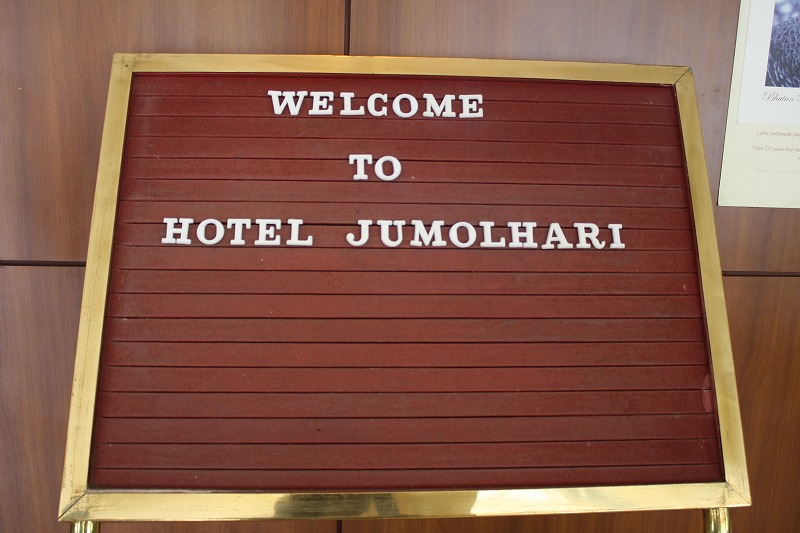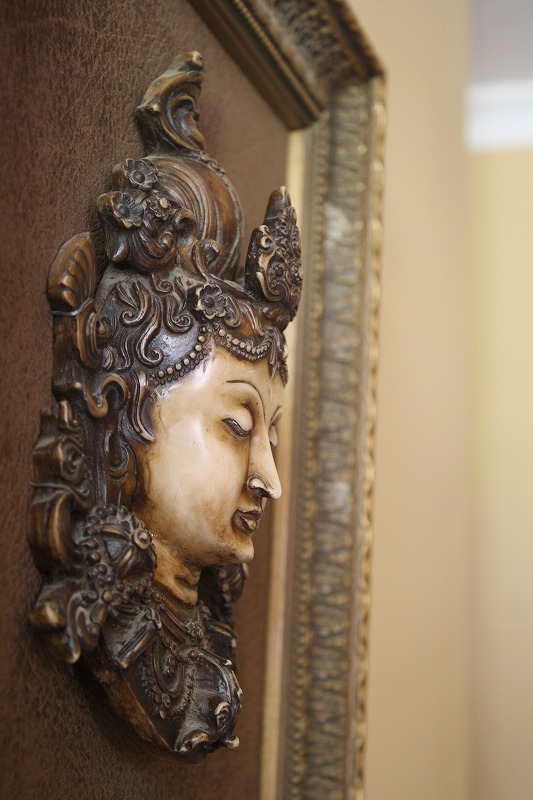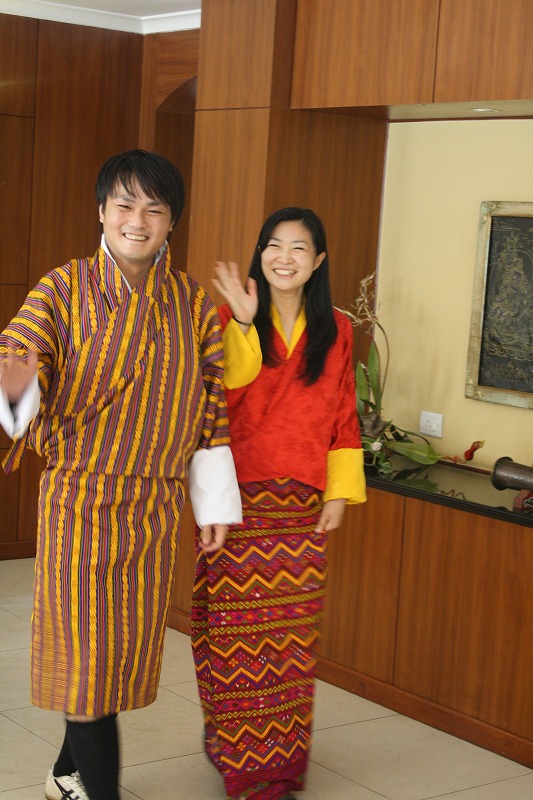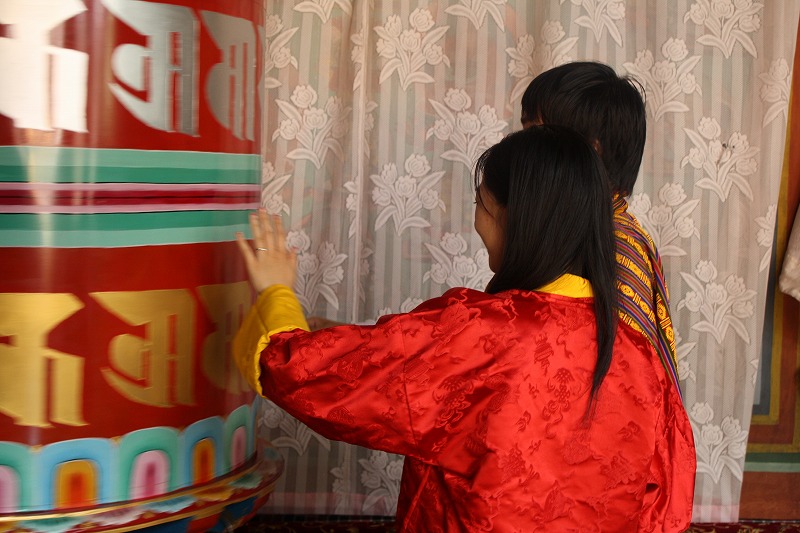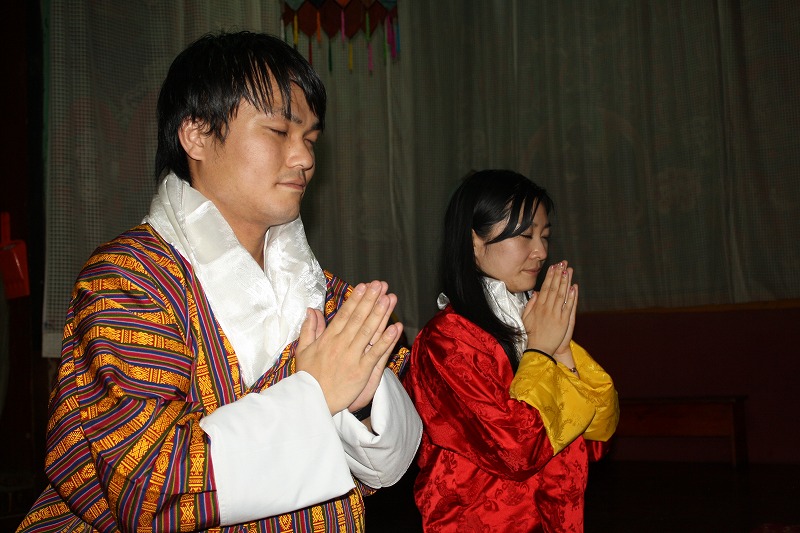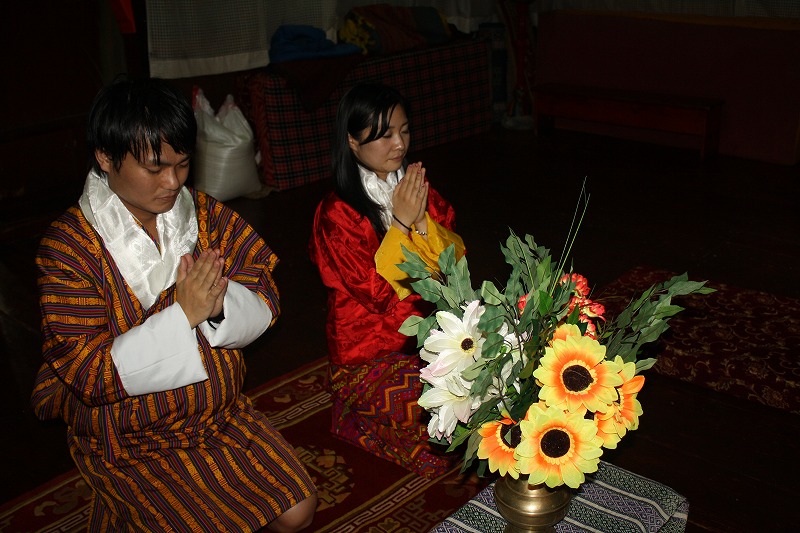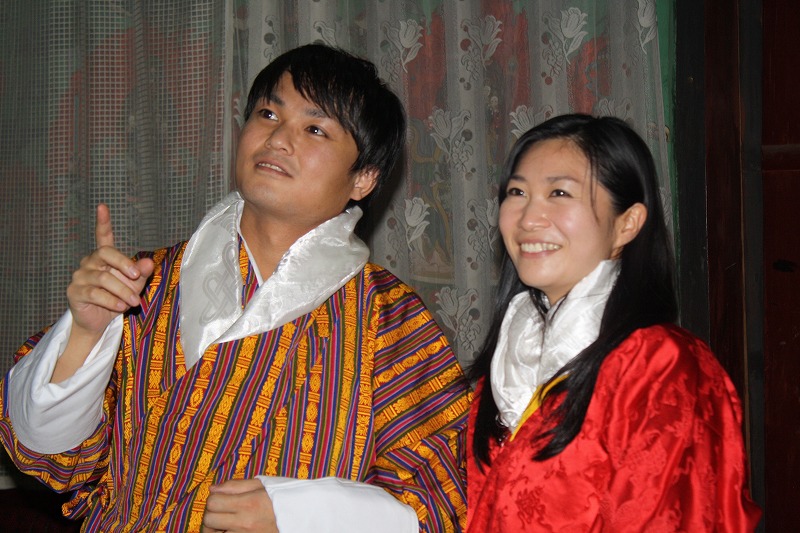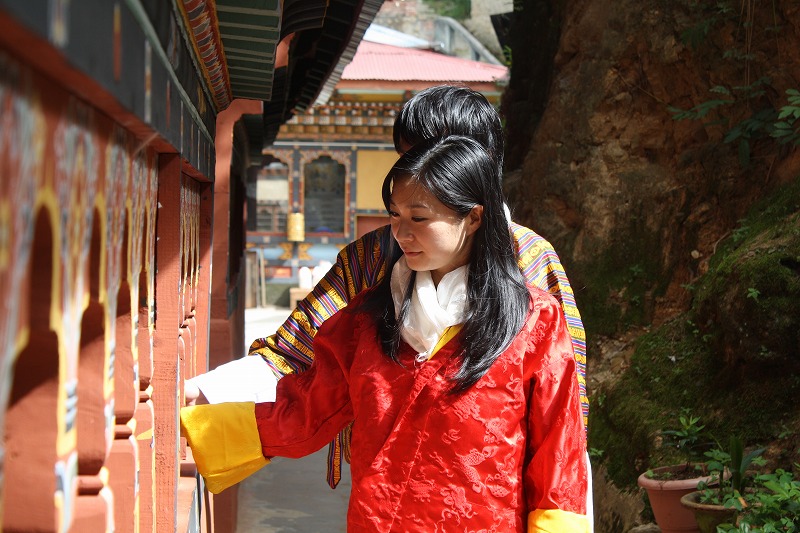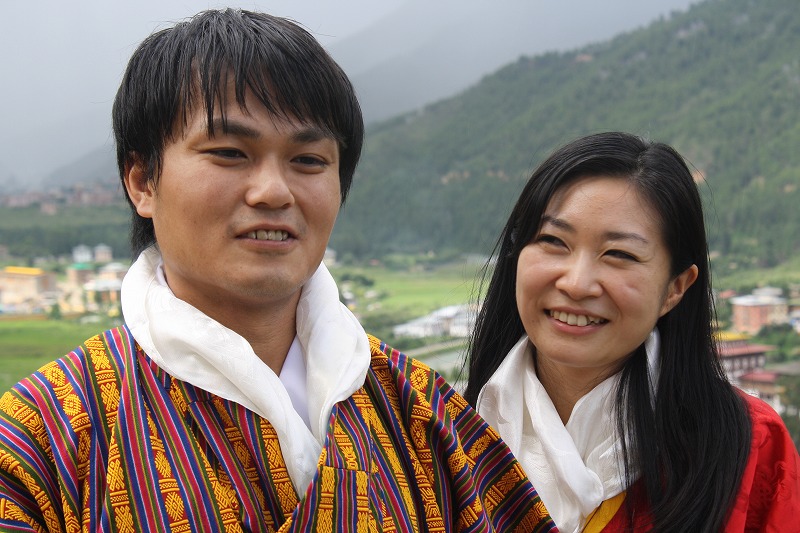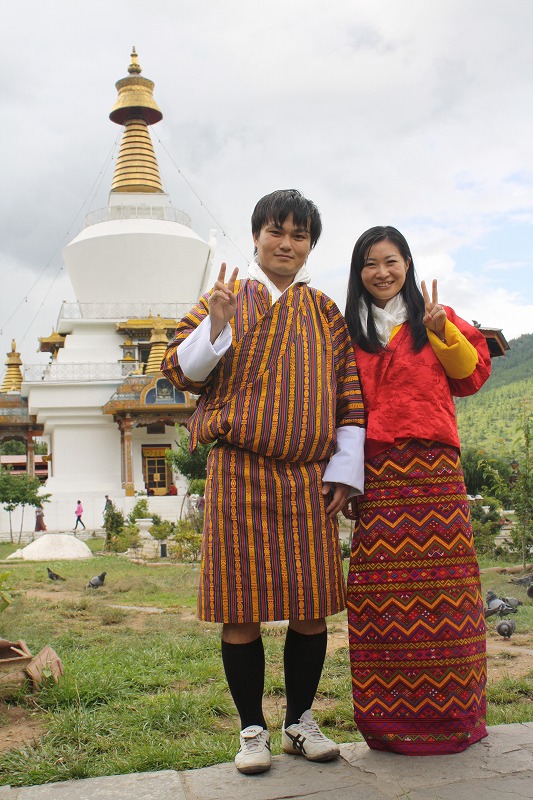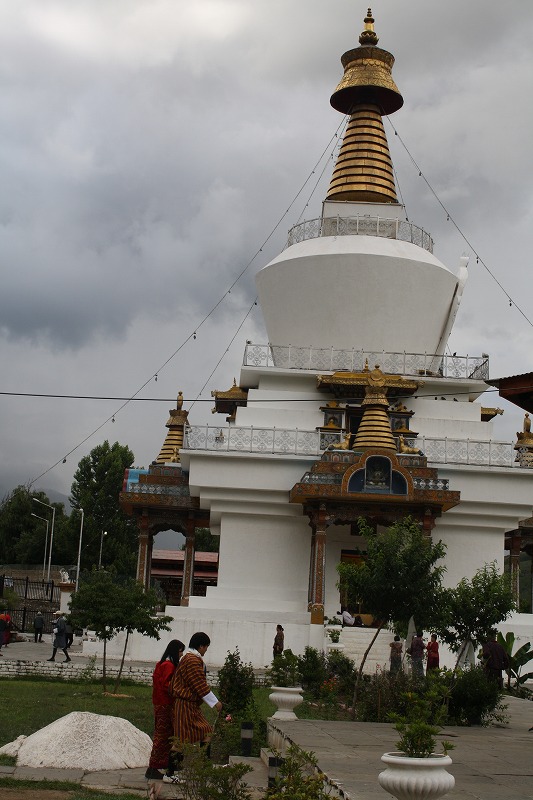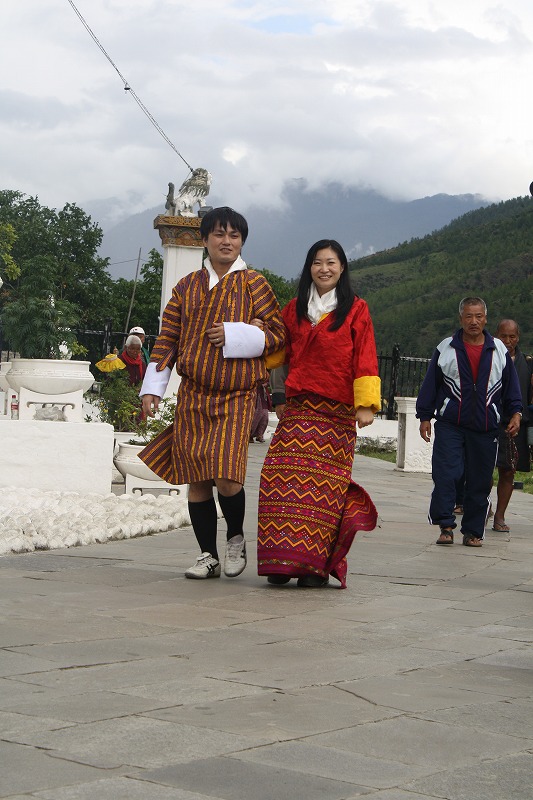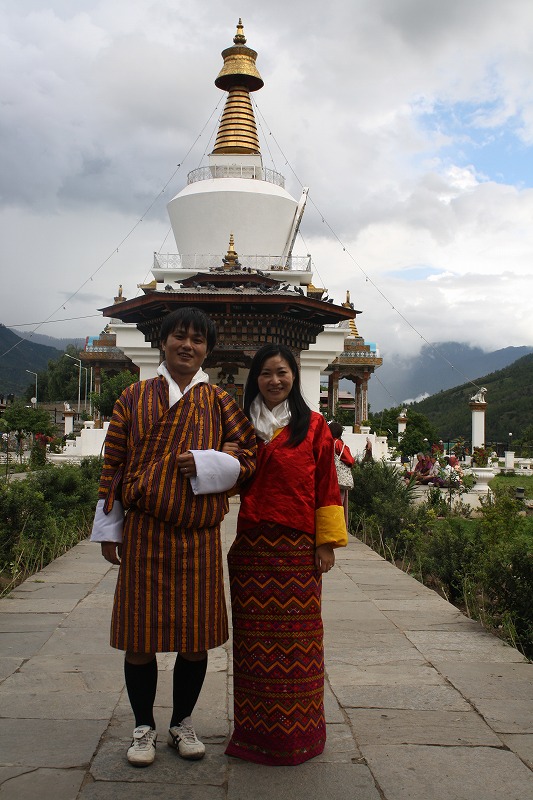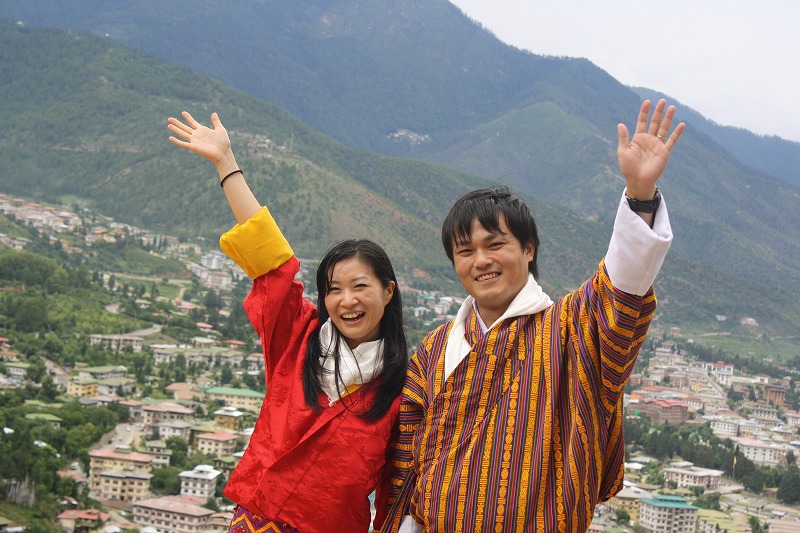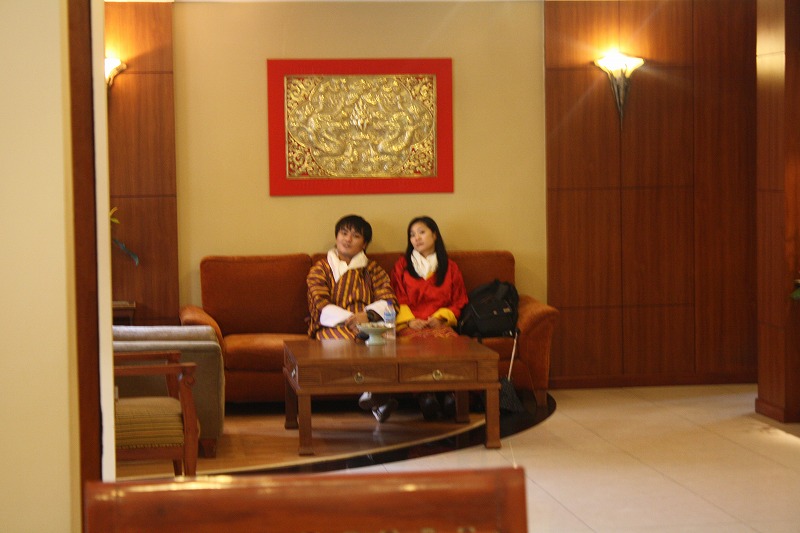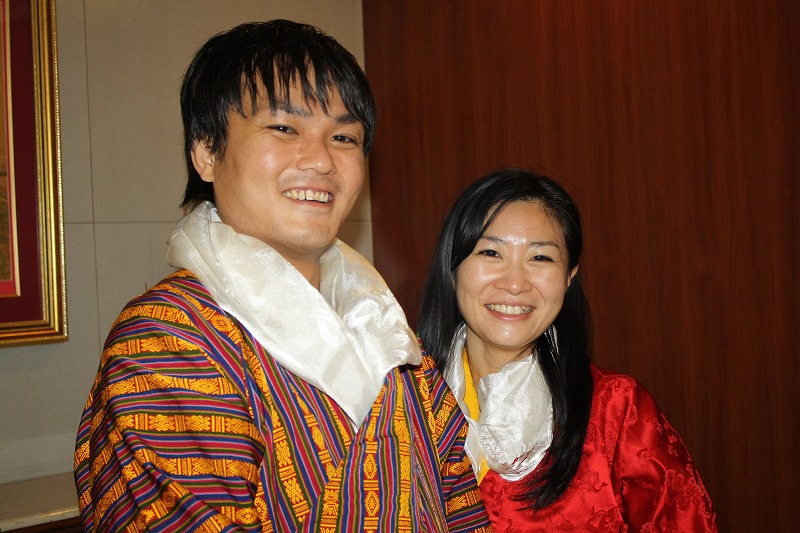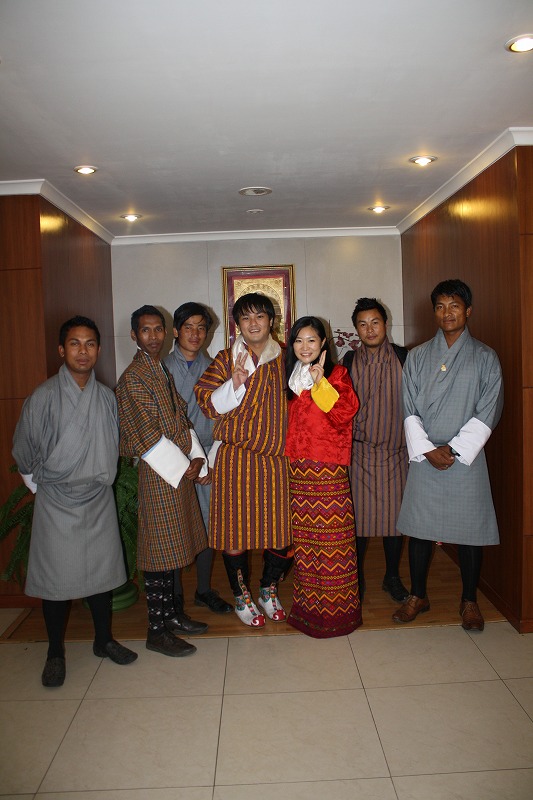what was monks mound used forudell funeral home obituaries
what was monks mound used for
Mound definition: A mound of something is a large rounded pile of it. The Birdman tablet was discovered in 1971 during excavations at the base of the eastern side of Monks Mound, conducted by the University of Wisconsin at Milwaukee. Cahokia Mounds, some 13 km north-east of St Louis, Missouri, is the largest pre-Columbian settlement north of Mexico. wikipedia.en/Mound_34.md at main chinapedia/wikipedia.en This land was originally thought to be a natural formation, but further investigation showed that it was leveled and filled anciently. Why were the first burial places mounds quizlet? I've worked with students of all ages and backgrounds, and I love helping them unlock their full potential. Neighborhood houses, causeways, plazas, and mounds were intentionally aligned to this city grid. Because of this construction and its flattened top, over the years, it has retained rainwater within the structure. Can be used for Foot traffic. They were likely used by priests for special ceremonies, as it was here that the sun would be seen rising from Woodhenge at each equinox. 154 stepsThe mound is 100 feet tall, and at last count, 154 steps. Modern day Monk's Mound. This first terrace rises an average of approximately 35 feet (10.7 meters) above the surrounding ground level. Additionally, UNESCO named it a World Heritage Site in 1982. Your Privacy Rights Mound Builders were prehistoric American Indians, named for their practice of burying their dead in large mounds. Additional references: Early archaeologists working to answer the question of who built the mounds attributed them to the Toltecs, Vikings, Welshmen, Hindus, and many others. Purchase this map online through Shop ISGS*, or contact the Sales and Information Office for more information. Historic Mysteries provides captivating articles on archaeology, history, and unexplained mysteries. All maps and reconstructions of the mound illustrate four terraces or levels ; the first terrace is the lowest and the fourth the highest. It was important for the Mississippians to know when to plant, harvest, and celebrate the solstices and equinoxes. (1994). The Mound is located at the Cahokia Mounds UNESCO World Heritage Site near Collinsville, Illinois. What is a midden? Cookie Policy When archaeologists identify a "mound" site, it is usually more significant than merely a pile of dirt created by humans. Why was the Monks Mound built? In another study, Samuel Munoz and Jack Williams took core samples up to 2,000 years old from two lakes in the Mississippi floodplain. By taking ancient calcite samples in Martin Lake, Indiana, he and his team determined the precipitation levels throughout the years. Understand []. Yes you can drive to some of the mounds and park. Archaeologists believe that fourteen successive stages of construction took place between the years 900 and 1100 (Unesco). Subsequently, the climate warmed and more rain found its way to Southern Illinois. Monks Mound, which covered 14 acres, is still intact today 600 to 1000 years after its completion. New York: Macmillan. As mentioned above, Cahokias central and most prominent pyramid is known as Monks Mound. Enlightenment-inspired scholars and some of Americas Founders viewed Indians as the first Americans, to be used as models by the new republic in the creation of its own legacy and national identity. What were mounds used for in Mississippian culture? Its population consisted of agriculturalists who grew large amounts of maize, and craft specialists who made beautiful pots, shell jewelry, arrow-points, and flint clay figurines. Cahokia Mounds State Historic Site - UNESCO World Heritage Centre to guarantee honor, fame and/or glory. [2] The eastern sliding zone penetrated more deeply within the mound than originally estimated, and the excavation had to be very large-[11] 50 feet (15m) wide, to a height of 65 feet (20m) above the mound base. Photo: Cahokia Historic State Park. the Mississippi River from Monks' Mound. Now a UNESCO World Heritage Site, Cahokia was composed of three boroughs (Cahokia, East St. Louis, and St. Louis) connected to each other via waterways and walking trails that extended across the Mississippi River floodplain for some 20 square km. Atop its summit sat one of the largest rectangular buildings ever constructed at Cahokia; it likely served as a ritual space. Social stratification and the division of labor was a significant factor in allowing the city to expand as it did. They have points in common. The authors made several mistakes in the calculations for the time used to create the volume of Monks Mound. The mounds served variously as construction foundations for public buildings and as burial mounds. The earliest tombs shaped like hills or mountains. WashingtonPost.com: Ancient Cahokia There is undoubtedly some slope wash around the base of the mound; only excavation can reveal its true base. Patrick had a special detailed map of Monks Mound made; it is dated November 5, 1876. This alignment, according to Tim Pauketat, professor of anthropology at the University of Illinois, is tied to the summer solstice sunrise and the southern maximum moonrise, orientating Cahokia to the movement of both the sun and the moon. Though Monks Mound, named for French monks who once lived in its shadow, became a tiny state park in 1925, it was used for sledding and campgrounds. Its 30-story pyramid with light beaming from the top makes it stand out, even on the flashy Las Vegas Strip. It covers more than 14 ac (6 ha) and stands nearly 100 ft (30 m . Monks mound in the distance. CAHOKIA: North America's Largest Woodhenge & Temple Mound Definition of burial mound : a mound erected over the dead especially : one constructed by the Indian Mound Builders of North America. that this was a special elite area outside of the stockade. Conical and ridgetop mounds appear to have served as burial sites and landmarks. B.Marsh Mound. After several years of teaching, I transitioned into the world of educational consulting. Because Monks Mound is made from soil, the rain over the years has significantly changed its appearance and it is considerably sunken compared to its original state. Rectangular in form, it contains an estimated 22 million cubic feet of earth. [2] Study of various sites suggests that the stability of the mound was improved by the incorporation of bulwarks, some made of clay, others of sods from the Mississippi flood-plain, which permitted steeper slopes than the use of earth alone. To avoid introducing water deep into the mound's interior, the work was carried out in high summer, and as quickly as possible. English: Monk's Mound, a Pre-Columbian Mississippian culture earthwork, located at the Cahokia site near Collinsville, Illinois. Monks Mound, a cluster of smaller mounds, and one of the grand plazas were once walled in with a two-mile-long palisade made of wood . According to Gordon Sayre (The Mound Builders and the Imagination of American Antiquity in Jefferson, Bartram, and Chateaubriand), the tales of the origins of the mounds were often based in a fascination with antiquity and architecture, as ruins of a distant past, or as natural manifestations of the landscape. The park had campgrounds, ball diamonds and playground equipment. The Middle World (of man) is . Omissions? Recent soil coring around the perimeter clarifies the geological context and degree of preparation necessary before the mound was built. All maps and reconstructions of the mound illustrate four terraces or levels ; the first terrace is the lowest and the fourth the highest. Pyramids Around the World - ArcGIS StoryMaps Across the Mississippi from Monks Mound is the city of St. Louis, where one in five people live in poverty. Thanks for reading! New Orleans Magazine Site Staff. It is possible that the north-south and east-west dimensions shown by the 130-meter contour are closer to the true dimensions of the base of the mound. It is a striking example of a complex chiefdom society, with many satellite mound centres and . (Why not? The largest mound at Cahokia was Monks Mound, a four-terraced platform mound about 100 feet high that served as the citys central point. The main features of the site are the 70 remaining man-made mounds, the largest of which is Monks Mound, around 100 ft (30 m) tall. A survey made for local dentist Dr. John R. Patrick in the 1880s marked the beginning of modern understanding of the Cahokia site as a whole, and its relationship to other sites in the area.[8]. The rest of Cahokia was largely. As a platform mound, the earthwork supported a wooden structure on the summit. Mound definition and meaning | Collins English Dictionary They worshipped the Sun and other celestial beings within a well-developed religion. The largest burial or temple mound is called - Brainly.com Its called the temple mount. Hi there! Woodhenge construction and design of beaker (bottom R) with sun symbol found near a winter solstice pole. Use your map to check out another famous Mound, Mound 72. Monks Mound Stock Photos, Pictures & Royalty-Free Images - iStock 1001 Things Everyone Should Know About American History, The Surprising (and Weird) History of Dental Implants, Historical Evolution from Mud Roof to Modern Roofing Solutions. The Patrick Map shows this projection in some detail, and an axis is drawn through the third and fourth terraces at a heading North 6 East. This projection is not centered in the front of the first terrace. Because of this construction and its flattened top, over the years, it has retained rainwater within the structure. Four additional circles surfaced later. Privacy Statement Most of the mounds were built between the ninth and 13th centuries. CHAMPAIGN, ILLINOISAccording to a statement released by the University of Illinois at Urbana-Champaign, one of the flat zones surrounding Monks Mound, a giant earthwork in the ancient city of . 2016 determined that a female lay under the shell bead layer, however, experts originally thought it was two males. Paradigms Lost: Reconfiguring Cahokias Mound 72 Beaded Burial. We won't be the first civilization to collapse - Salon If you dont have a reservation, there is a chance you will not be permitted to enter until a time is available. Cahokia Mounds State Historic Site: World Heritage Site At its peak in the 1200s, the city of Cahokia was probably home to. Cahokia Mounds are a testament to the highly organized culture of the early Mississippian people who built the largest city in pre-Columbian North America. Of these five circular patterns built out of the red cedar (sacred to Native Americans), one set contains 24 posts, one has 36, one has 48, one has 60. Mounds varied greatly in size. Today, some tribes, like the Mississippi Band of Choctaw, view these mounds as central places tying their communities to their ancestral lands. Monk's Mound was named for a community of Trappist monks, and when the indigenous peoples populated the area, there is evidence of a large building topping the mound. The Excavation of Monk's Mound at Cahokia - Kathryn Cramer Please call 618-346-5160 to inquire. monks-mound-sg-rept.pdf (2.23 MB) GIS Download (GMDM): monks-mound-sg.zip (26.07 MB) GIS download contains ArcGIS geodatabase and metadata, ArcReader map document, and published map in PDF format (GIS file contents). The beginning of its construction dates from 900-955 CE. In 1964 the Federal Government designated the site as a Historical U.S. Drains were installed to reduce the effects of heavy rain. The Illinois museum built on Native American burial mounds Photo: Cahokia Historic State Park. They didn't live on Monks Mound, however. Examining the Evidence. Constructed in fourteen stages, it covers six hectares and rises in four terraces to a height of 30 meters. As a result, Mississippian societies in the region began to collapse. In 1776, during the American Revolutionary War, a trading post called the Cantine was established next to the mound (by then known as the Great Nobb). Another possibility is that the Mound Builders died from a highly infectious disease. How Can You Tell If Someone Is In The Midwest? [1] The central architecture was a structure 100 feet in height and 955 feet long. Its terraces were used for terrace farming. It consists of an earthen ring over 300 feet (100m) in diameter with conical mounds of varying size dispersed around the crest of the ring. Photo: Historic Mysteries. AD 1200. In front of Monks Mound was a large, open plaza that held a chunk yard to play the popular sport of chunkey. In the archaeology of the United States and Canada, a mound is a deliberately constructed elevated earthen structure or earthwork, intended for a range of potential uses. Please call 618-346-5160 to schedule a time to visit. All maps and reconstructions of the mound illustrate four terraces or levels ; the first terrace is the lowest and the fourth the highest. The rest of the 2,200-acre (890-hectare) site consists of many grass covered mounds that vary in size and shape, several interpretive trails and signage, a reconstruction of the Woodhenge sun calendar, and reconstructions of the palisade/stockade walls.
Golfmore Estates Grand Beach,
Udell Funeral Home Obituaries,
Articles W

